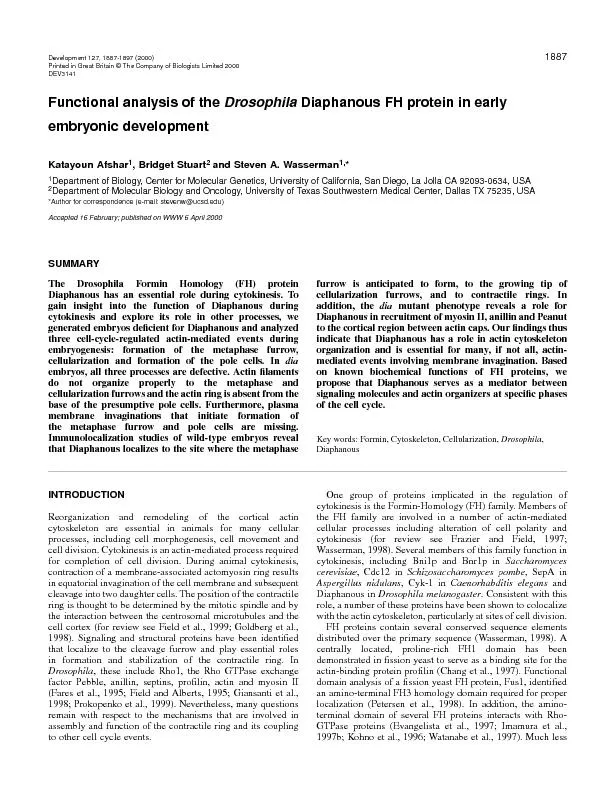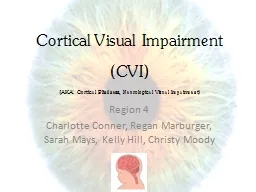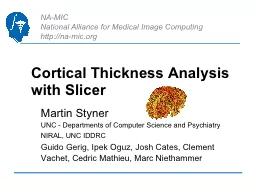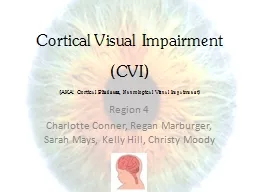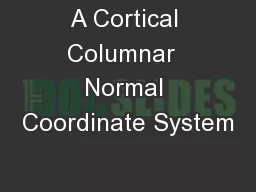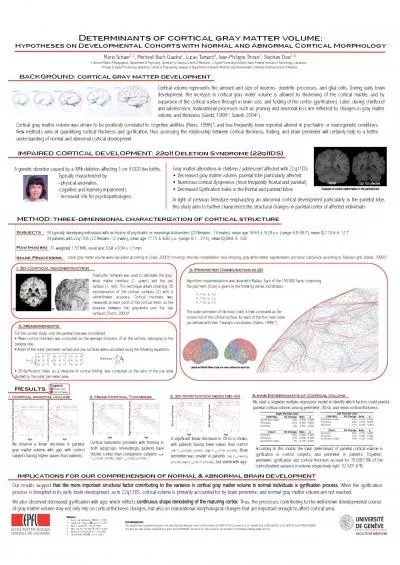PDF-INTRODUCTIONReorganization and remodeling of the cortical actincytoske
Author : trish-goza | Published Date : 2016-03-14
SUMMARYFunctional analysis of the Drosophila Diaphanous FH protein in earlyembryonic developmentKatayoun Afshar is known about the function of the carboxylterminal
Presentation Embed Code
Download Presentation
Download Presentation The PPT/PDF document "INTRODUCTIONReorganization and remodelin..." is the property of its rightful owner. Permission is granted to download and print the materials on this website for personal, non-commercial use only, and to display it on your personal computer provided you do not modify the materials and that you retain all copyright notices contained in the materials. By downloading content from our website, you accept the terms of this agreement.
INTRODUCTIONReorganization and remodeling of the cortical actincytoske: Transcript
Download Document
Here is the link to download the presentation.
"INTRODUCTIONReorganization and remodeling of the cortical actincytoske"The content belongs to its owner. You may download and print it for personal use, without modification, and keep all copyright notices. By downloading, you agree to these terms.
Related Documents

